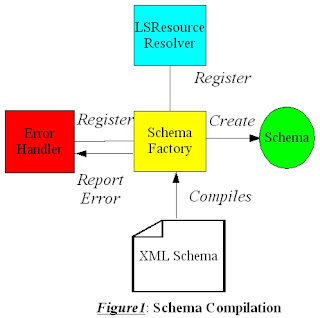What is Duplicate Content?

Duplicate content is content that appears on the Internet in more than one place (URL). When there are multiple pieces of identical content on the Internet, it is difficult for search engines to decide which version is more relevant to a given search query. To provide the best search experience, search engines will rarely show multiple duplicate pieces of content and thus, are forced to choose which version is most likely to be the original—or best. The Three Biggest Issues with Duplicate Content Search engines don't know which version(s) to include/exclude from their indices Search engines don't know whether to direct the link metrics (trust, authority, anchor text, link juice, etc.) to one page, or keep it separated between multiple versions Search engines don't know which version(s) to rank for query results When duplicate content is present, site owners suffer rankings and traffic losses, and search engines provide less relevant results. Duplicate Con...



